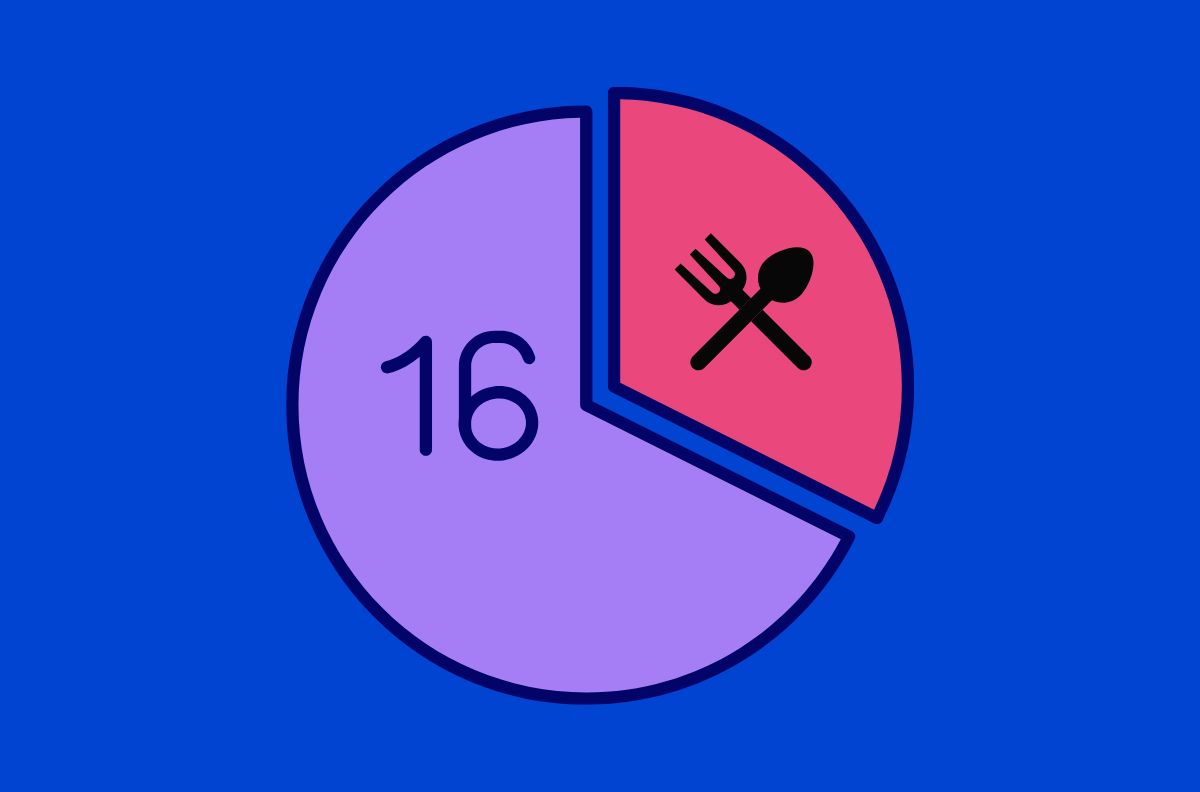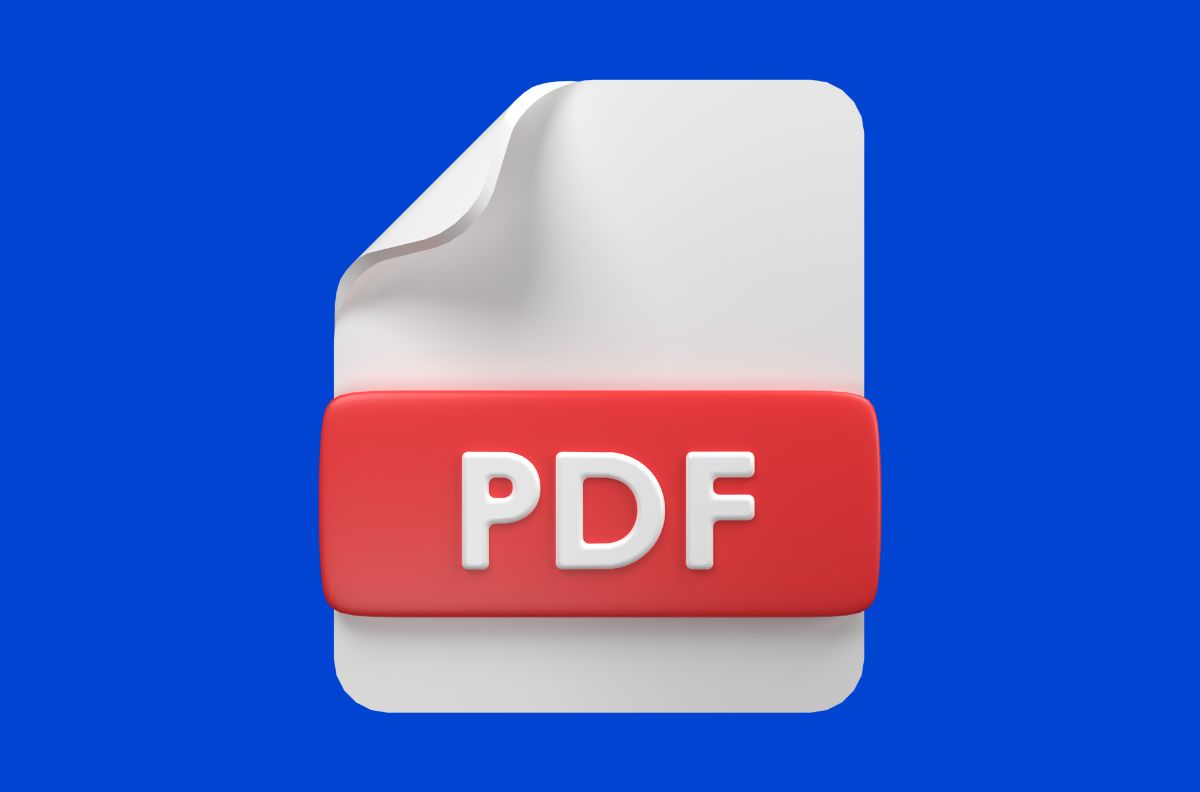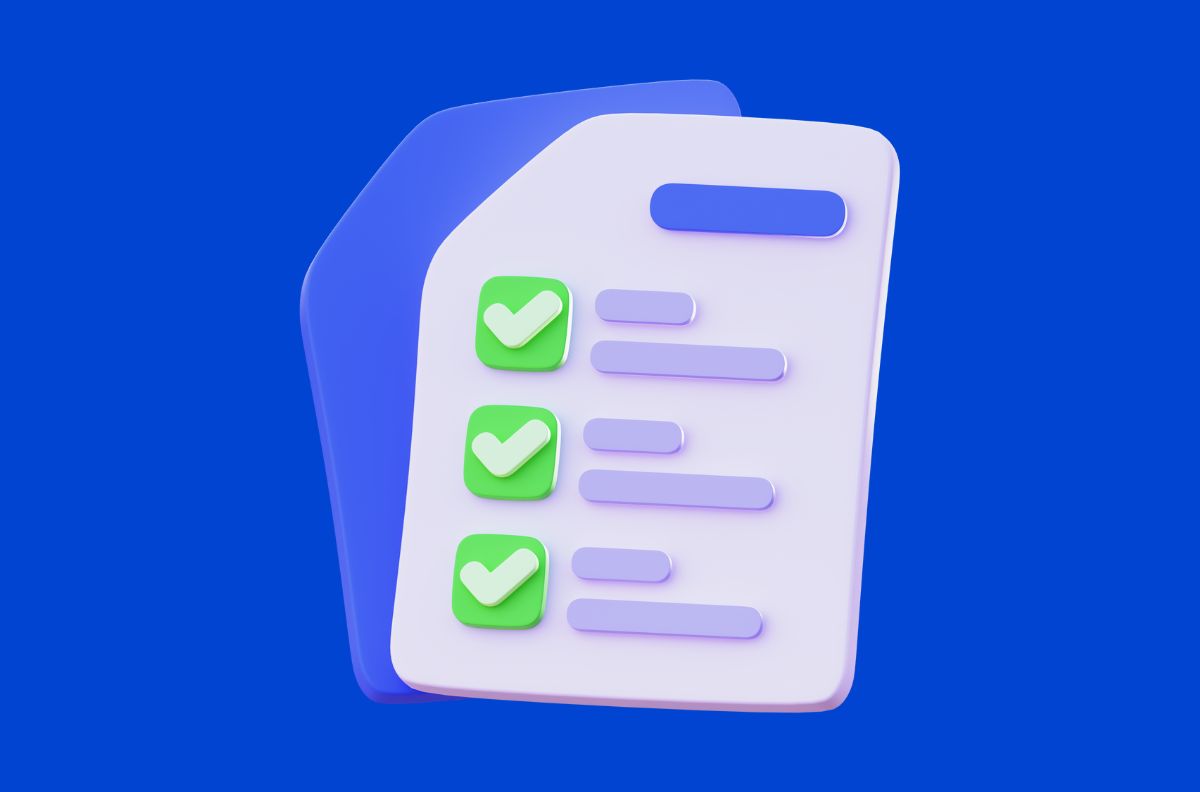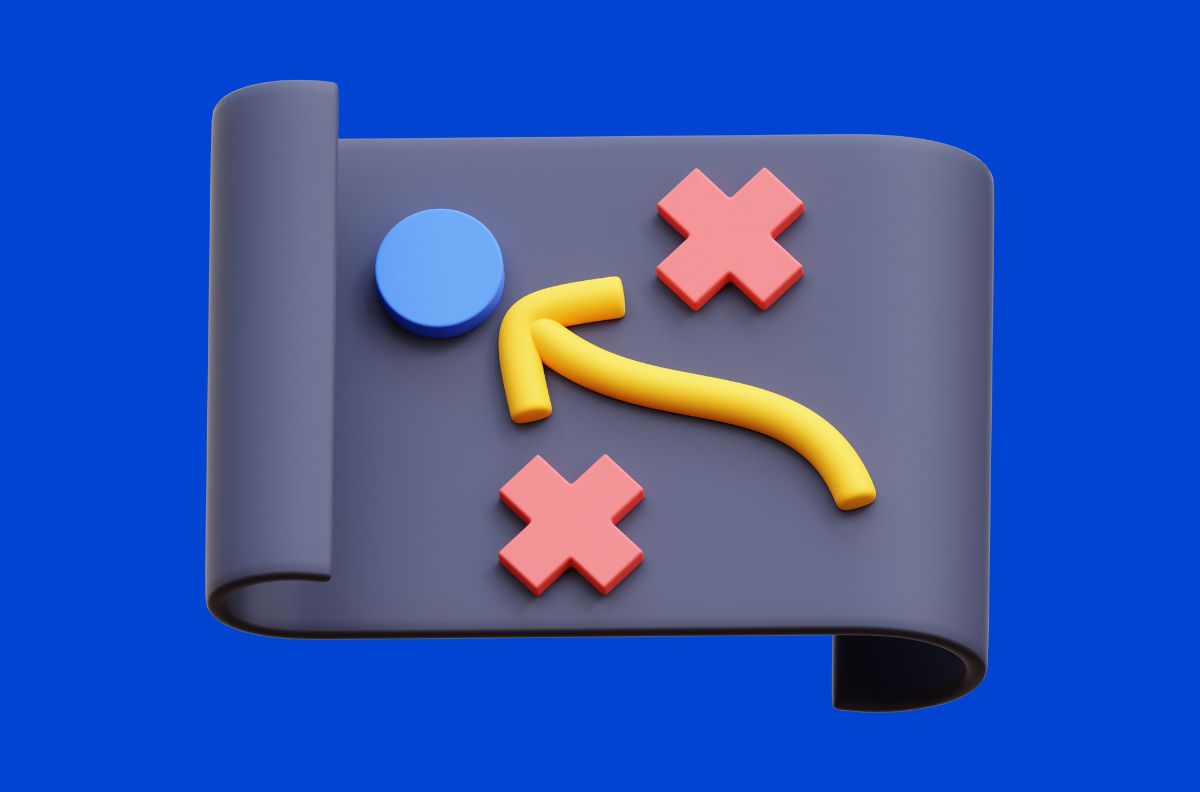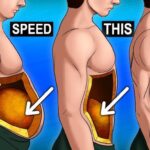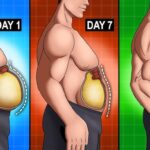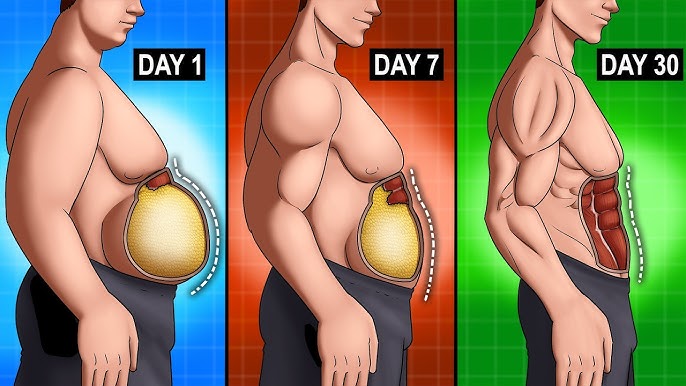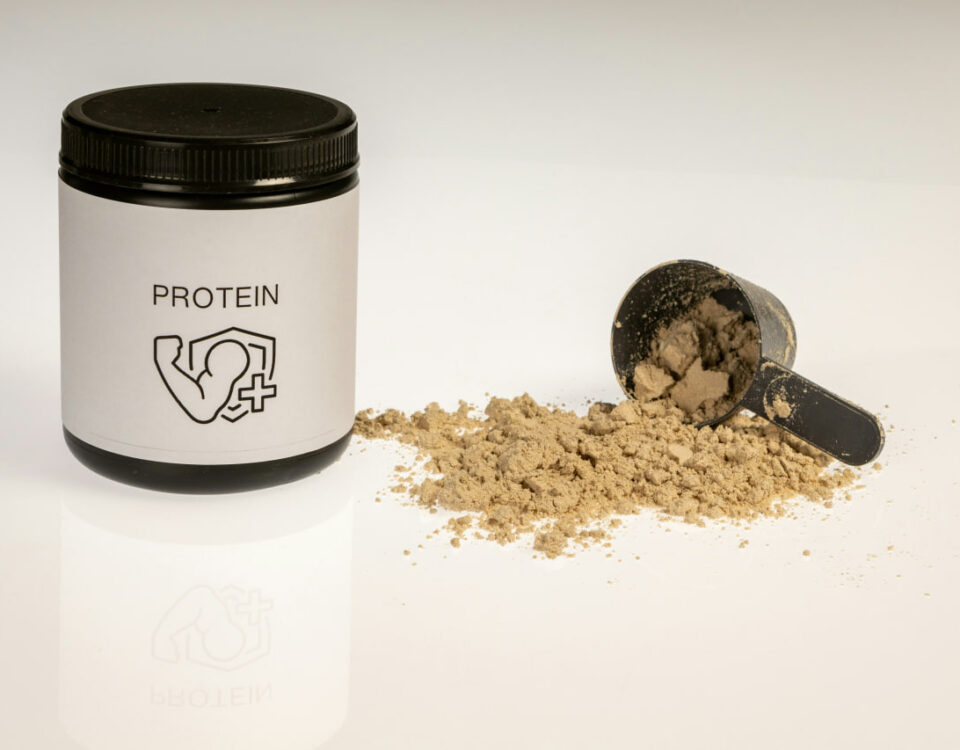If you’re aiming to lose weight effectively and sustainably, a 1,500-calorie meal plan can be a smart and manageable starting point. But what does 1,500 calories actually look like on your plate, across your day, and in real food terms? More importantly, how can you design a well-balanced day of eating that keeps you full, energized, and motivated to stick with your fat loss goals?
In this expanded guide, we’ll explore what a truly smart 1,500-calorie diet looks like. We’ll combine the science of calorie counting, macronutrient tracking, and portion control with strategic food selection and the thermic effect of food to help you make the most of every bite. We’ll also share two sample meal plans — one high-protein and one vegetarian — to show you how to structure a full day of eating. stay with SmartDietHub
🔢 The Science Behind the 1,500-Calorie Plan
A 1,500-calorie diet is commonly recommended for individuals looking to create a moderate calorie deficit, which is the foundation of effective fat loss. While everyone’s caloric needs differ based on variables like age, gender, height, weight, physical activity, and metabolic rate, this calorie target serves as a practical starting point for many people who want to lose fat without extreme restrictions.
Key Concepts to Understand:
- Calorie Counting: Tracking the energy (calories) in everything you eat to ensure you’re staying within your daily target.
- Macronutrients: Your body’s essential nutrients — protein, carbohydrates, and fats — which must be balanced for optimal health and satiety.
- Portion Control: Eating the right amount of food per meal and snack to avoid overeating while still feeling satisfied.
- Thermic Effect of Food (TEF): The energy your body uses to digest, absorb, and metabolize food. Protein has the highest thermic effect, helping you burn more calories through digestion.

🍴 1,500-Calorie Smart Meal Plan Example (High-Protein Focus)
This high-protein sample meal plan prioritizes lean protein, fiber-rich vegetables, and healthy fats to keep you full, support muscle retention, and fuel your fat loss.
| Meal | Food Item | Quantity | Calories | Protein | Carbs | Fat |
|---|---|---|---|---|---|---|
| Breakfast | Greek yogurt + berries + chia seeds | 1 cup + 1/2 cup + 1 tbsp | 300 | 20g | 25g | 10g |
| Snack | Boiled eggs + baby carrots | 2 eggs + 1 cup | 180 | 12g | 8g | 10g |
| Lunch | Grilled chicken salad with olive oil | 4 oz + greens + 1 tbsp oil | 400 | 35g | 15g | 22g |
| Snack | Apple slices + almond butter | 1 apple + 1 tbsp | 200 | 4g | 22g | 10g |
| Dinner | Baked salmon, quinoa, steamed broccoli | 4 oz + 1/2 cup + 1 cup | 420 | 30g | 30g | 18g |
| Total | 1,500 | 101g | 100g | 70g |
🪡 Why This Meal Plan Works
- High in Protein: Over 100g of protein not only supports muscle retention during weight loss but also boosts calorie burn through TEF.
- Balanced Macronutrients: Protein, healthy fats, and slow-digesting carbs keep your blood sugar stable and energy levels high.
- Filling Fiber: Fiber from vegetables, fruit, and seeds promotes digestive health and helps you stay full longer.
- Whole Foods: Minimal processed ingredients for better nutrient density, hormonal balance, and long-term sustainability.
🧬 Smart Portion Control Tips
- Use a kitchen food scale and measuring cups to stay accurate.
- Fill at least half of every plate with non-starchy vegetables.
- Choose high-volume, low-calorie foods like leafy greens, cucumbers, and cauliflower.
- Eat mindfully: put your utensils down between bites, chew thoroughly, and avoid eating while distracted.
- Plan and prep your meals ahead to avoid impulsive choices.
🌿 Alternate 1,500-Calorie Meal Plan (Vegetarian)
This vegetarian meal plan offers variety and plant-based protein sources for those who don’t eat meat but still want a nutritious and satisfying fat loss approach.
| Meal | Food Item | Quantity | Calories | Protein | Carbs | Fat |
| Breakfast | Oatmeal + almond milk + banana | 1/2 cup + 1/2 cup + 1 | 280 | 7g | 45g | 7g |
| Snack | Cottage cheese + cucumber slices | 1/2 cup + 1 cup | 160 | 12g | 8g | 6g |
| Lunch | Lentil soup + side salad + olive oil | 1 cup + 1 cup greens | 370 | 20g | 40g | 15g |
| Snack | Hummus + bell pepper strips | 2 tbsp + 1 cup | 180 | 6g | 10g | 12g |
| Dinner | Tofu stir-fry + brown rice | 4 oz + 1/2 cup | 410 | 25g | 35g | 12g |
| Total | 1,500 | 70g | 138g | 52g |
❓ Frequently Asked Questions (FAQs)
Is 1,500 calories too low for me?
It depends on your height, weight, activity level, and goals. For many moderately active adults, it’s a safe calorie range to begin fat loss. However, it’s always a good idea to consult a registered dietitian or your healthcare provider for personalized advice.
Can I eat junk food as long as I stay under 1,500 calories?
Technically yes, but nutritionally speaking, no. Junk food often lacks the nutrients your body needs, which can lead to hunger, fatigue, and nutritional deficiencies. Prioritize nutrient-dense, whole foods.
What if I feel hungry on 1,500 calories?
You may need to increase your protein or fiber intake, drink more water, or improve your meal timing. Emotional or habitual hunger is also common and can be reduced with better sleep, stress management, and hydration.
Should I follow 1,500 calories forever?
No. Use it temporarily to initiate fat loss. Once you’ve reached your target weight or progress slows, consider gradually increasing your intake to a maintenance level to support long-term results and sustainability.
What are signs my 1,500-calorie diet is working?
Steady weight loss (0.5–1 kg per week), increased energy, better sleep, improved digestion, and reduced cravings are all positive signs your plan is working.
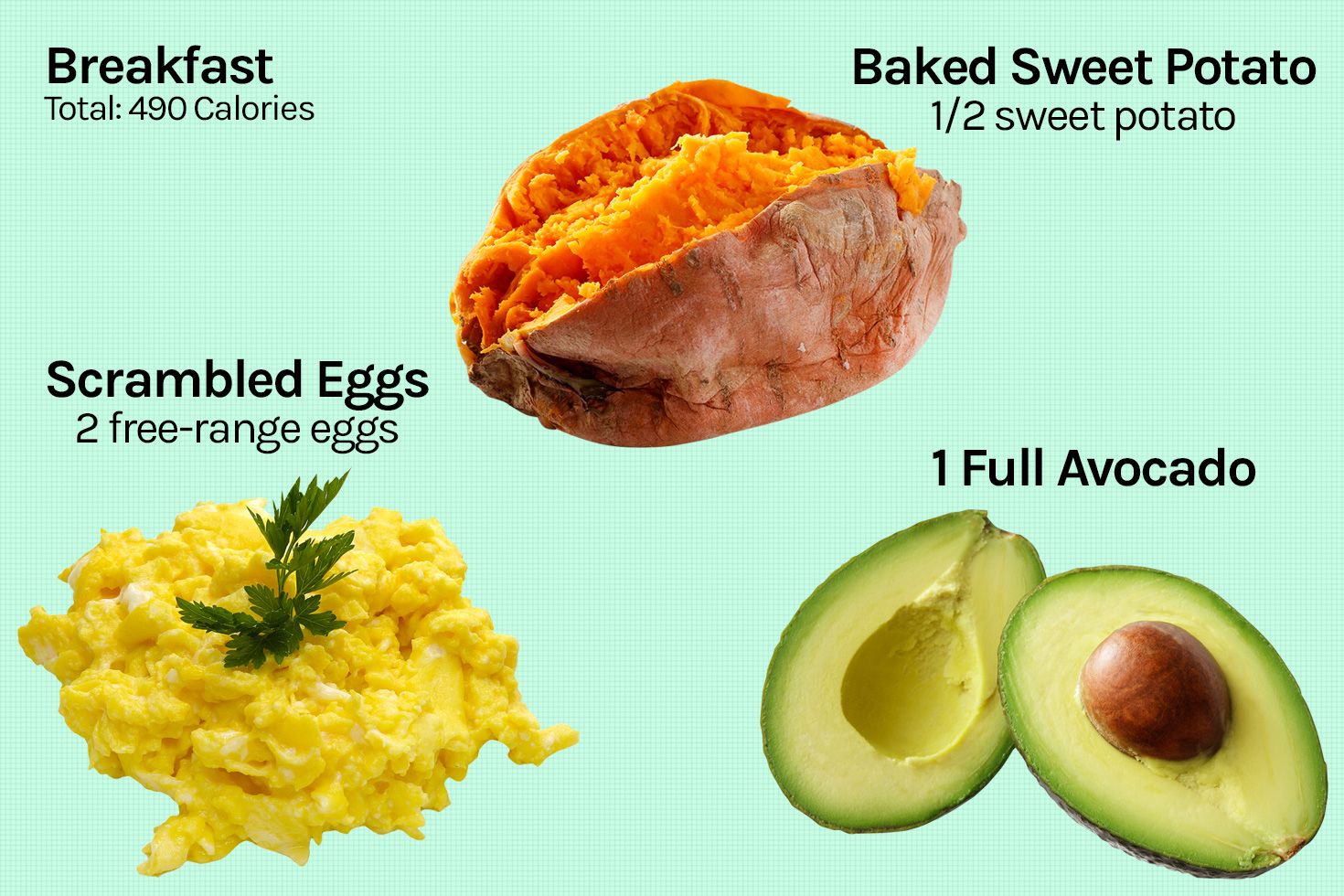
📅 Weekly Smart Diet Challenge: 1,500-Calorie Tracker (Free Download)
Stay consistent with our printable 7-day meal planner and tracker. Track your calorie intake, macronutrients, water consumption, and energy levels to build healthy habits.
[Download Tracker (PDF)]
🏆 Final Thoughts
A 1,500-calorie meal plan isn’t about depriving yourself — it’s about making informed, nourishing choices that support your fat loss goals. By focusing on high-protein meals, whole foods, and portion control, you can feel satisfied, maintain muscle, and increase your daily calorie burn.
Whether you’re just starting your health journey or resetting after a plateau, use these sample meal plans as templates to build a routine that fits your body and lifestyle. Remember, consistency and sustainability are far more powerful than perfection.
Looking for more support? Join the Smart Diet Hub Membership and access tailored meal plans, expert advice, weekly challenges, and a supportive community focused on helping you reach your goals.


